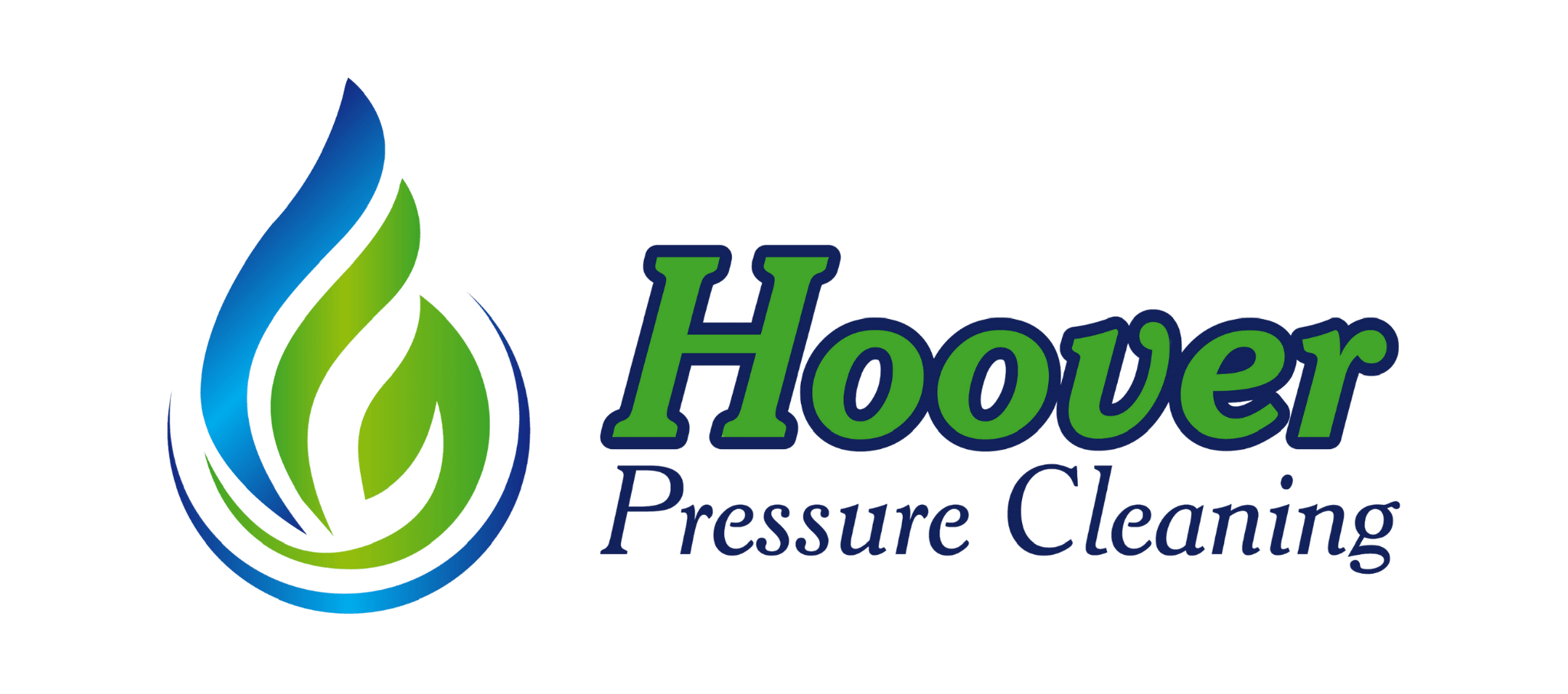Welcome to part two of our comprehensive guide to roof cleaning success!
In this section, we discuss the importance of following manufacturer or ARMA recommendations on proper roof cleaning techniques. This is not something that is particularly easy for a homeowner to do on their own. And is is exceptionally important that when you select your contractor for this service, you find someone with the proper resources and training to do it safely and effectively.
Without further ado… enjoy part 2:
Most everything you buy comes with a manual! No matter if you are talking about a remote control car or a new refrigerator the manufacturer sends instructions on how to properly operate and maintain your investment.
Proper roof maintenance is crucial for preserving the life and functionality of your roof. However, a common mistake homeowners make is not adhering to the cleaning methods recommended by roofing material manufacturers or the Asphalt Roofing Manufacturers Association (ARMA). This oversight can lead to unnecessary damage and reduced roof lifespan. In this second part of our series, we’ll explore why following these guidelines is essential and the consequences of deviating from them.
Following Recommended Roof Cleaning Methods
1. Understanding Manufacturer Guidelines
Roofing materials manufacturers provide general guidelines for cleaning and maintenance to help homeowners maintain their roofs without causing damage. These guidelines usually suggest using very mild solutions of bleach or light pressure washing. However, many manufacturers also approve alternative methods that do not require bleach or pressure washing, emphasizing the importance of gentler, non-invasive cleaning techniques.
2. Misinterpretation of ARMA Recommendations
The ARMA, a trade group representing asphalt shingle manufacturers, released a technical bulletin 30 years ago recommending the use of household bleach to lighten roof stains caused by algae. However, this recommendation is often misinterpreted by contractors as a blanket endorsement for using bleach on all types of roofing materials. It’s important to note that ARMA’s guidelines are specific to asphalt shingles and do not apply to other materials such as concrete or clay tiles, stone-coated metal, or slate roofing systems.
3. Risks of Using High-Strength Pool Chlorine
One of the most damaging practices is the use of high-strength pool chlorine in concentrations commonly employed by some contractors today. While it may provide an immediate clean appearance, this method can cause significant damage to the critical areas of the roof, including valleys, underlayments, and flashings. These areas are often the source of leaks, and excessive chlorine can deteriorate these components, leading to costly repairs.
4. Importance of Using Approved Methods and Products
Roof-A-Cide® is an example of a product that has been tested and approved by the largest manufacturers of various roofing materials, including asphalt, concrete tile, clay tile, stone-coated metal, and slate. Using products and methods that have been specifically approved by the manufacturers ensures that the cleaning process will not compromise the integrity of your roof.
5. Consequences of Ignoring Guidelines
Ignoring manufacturer and ARMA guidelines can lead to severe consequences, including:
- Premature Roof Deterioration: Harsh chemicals and improper cleaning techniques can accelerate the wear and tear of roofing materials.
- Void Warranties: Many manufacturers’ warranties require adherence to their cleaning and maintenance guidelines. Using unapproved methods can void your roof’s warranty.
- Increased Risk of Leaks: Damaging critical areas like valleys, underlayments, and flashings increases the likelihood of leaks, which can lead to further structural damage and costly repairs.
Conclusion
Adhering to the cleaning methods recommended by roofing material manufacturers and ARMA is vital for maintaining the health and longevity of your roof. By avoiding harsh chemicals and improper techniques, homeowners can prevent unnecessary damage and ensure their roofs remain in optimal condition. Stay tuned for the next installment in our series, where we will continue to explore common mistakes homeowners make with roof cleaning and how to avoid them.

